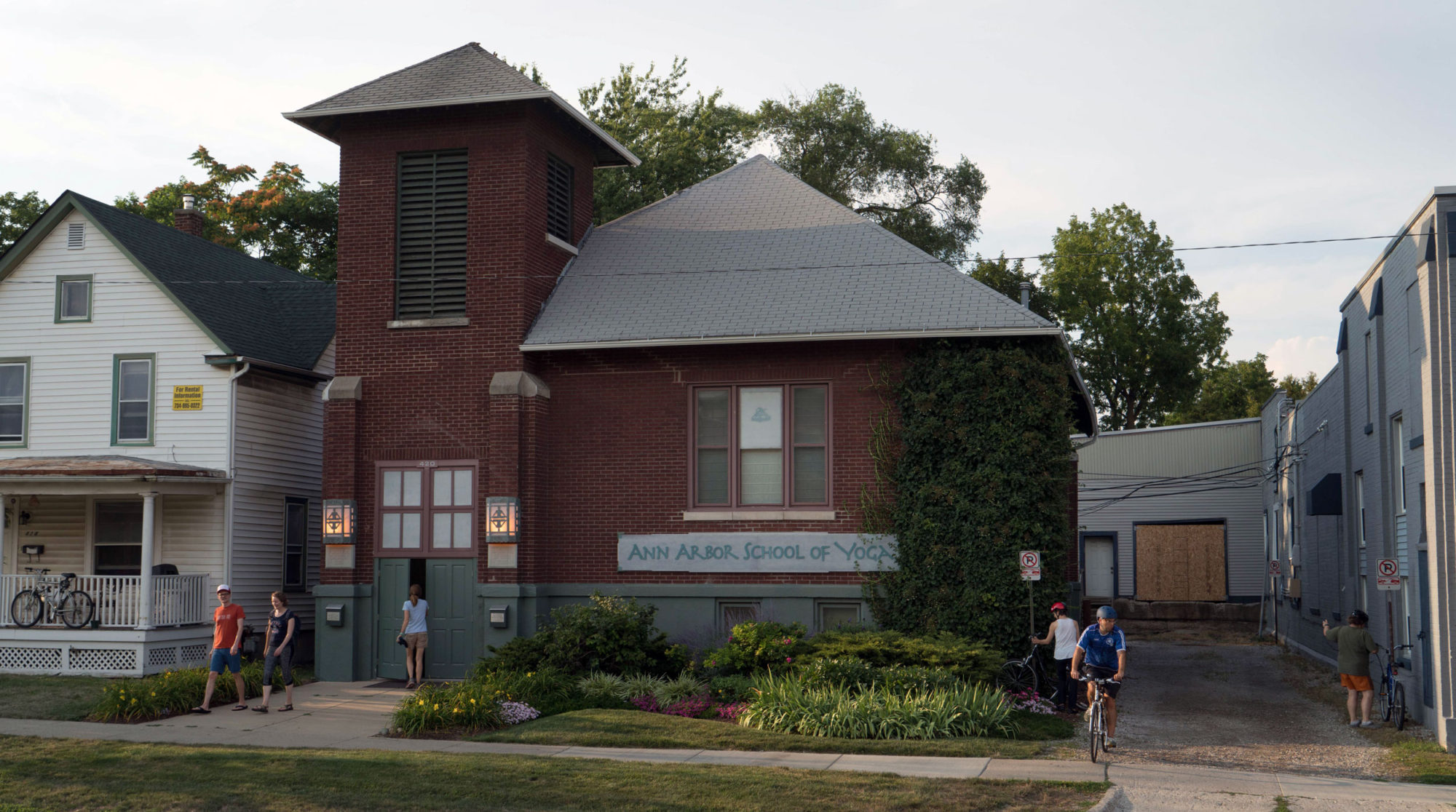I think that most yoga students toss aside the arm balances as too difficult or strenuous, thinking, incorrectly, that they require a great deal of arm strength. When I started as a student, my arms were plenty strong but I couldn’t manage a single arm balance, and it took years to sort out what allowed these poses to “happen.” And that’s how I view them, as a pleasant result rather than something forced with willpower. When it goes well, the feeling is one of lightness and ease, as though levitating (one of the yogic “superpowers” in the yoga sutras). Rather than a feeling of accomplishment, however, I notice (or go for) passivity in the brain while holding the pose.
The following sequence will hopefully give a taste of how to attain this sensation.
Sadhana – using a mother’s skill, duty, and love.
Our yoga practice, called Sadhana, develops our character as much, if not more than, our physical strength and health. Our practice is here to nurture us – mind, body, and soul. Geeta Iyengar was so devoted to her students, her genius and commitment were inspiring. She was a yoga mother to us all. Below is a You-Tube clip of dear Geeta speaking about Sadhana.
When we think of what has influenced and nurtured us the most in life we eventually land on memories of our mothers, or women in our lives that influenced us. Now we turn to our practice to help us enact the mothering we still require. We all still need discipline, encouragement, laughter, and love to continue in all our endeavors.
Continue reading “Sadhana – using a mother’s skill, duty, and love.”Build Bridges, not Walls
While we practice our yoga we are constantly working to understand the intricacies of the postures. We fumble and try again. We work on building a connection between the outer-worldly life and a relationship with our inner-life. Especially lately, we need to work on spanning the gaps. During this crisis, the outer world is even more uncertain, and distracting with worries and concern. While the inner world is even more elusive.
This practice works on Setu Bandha Sarvangasana, the bridge pose. Let’s dedicate this practice to finding a better way to connect the gap between our outer and inner lives, and between ourselves and others.
Setu means bridge and Bandha is to build or construct something. So it’s not just posing as a bridge but to be the civil engineer – the one that designs it and the construction crew that creates it. And finally, the traveler who enjoys the path connecting the two sides. When practicing we should often try on different roles like the designer, the maker, and the one that appreciates the end product. As we change the roles we enact we reveal all kinds of new information about the poses we do.
Continue reading “Build Bridges, not Walls”
